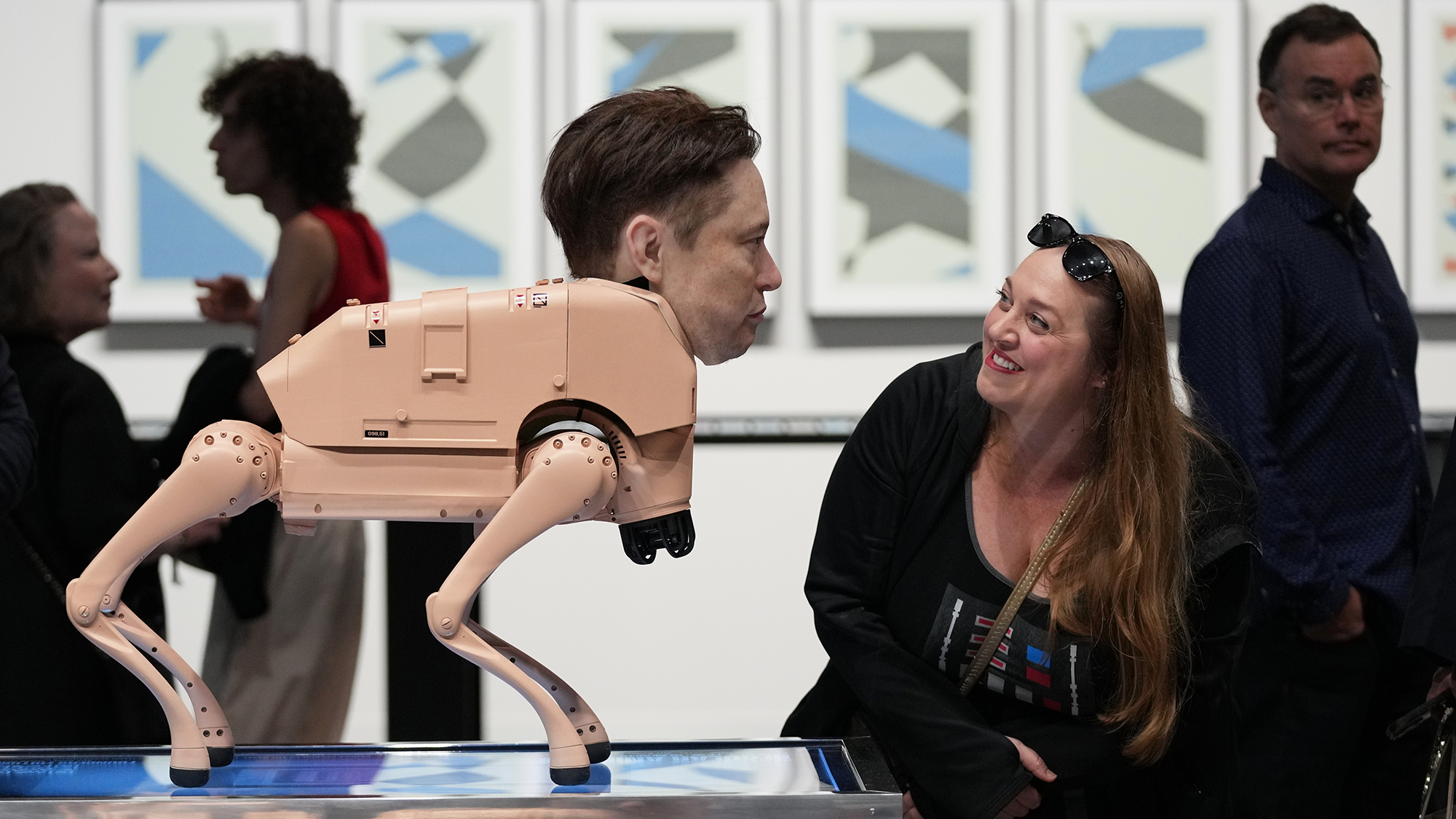Fabergé Revealed
The Virginia Museum of Fine Arts spent two years getting the items in its retrospective of the House of Fabergé vetted by a forgery expert to weed out the fakes.
Virginia Museum of Fine Arts, Richmond
Through Oct. 2
Call it a victory for authenticity, said Eve M. Kahn in The New York Times. Before rolling out this dazzling retrospective of works by the House of Fabergé, the Virginia Museum of Fine Arts spent a grueling two years getting every item vetted by forgery expert Géza von Habsburg, who “scoured” European archives and cross-referenced bilingual invoices to weed out the fakes. The bad news for the museum: Of the more than two dozen bejeweled flowers it submitted for inspection, most were “Fauxbergés”: “Clunky arrangements of plant stalks” were among the telltale details that tripped von Habsburg’s alarms. The good news, however, is that the provenance of the 300-plus flowers, Easter eggs, jewelry boxes, and other collectibles that made the show is now “ironclad.” The resulting exhibition is as breathtaking as you might expect.
The Week
Escape your echo chamber. Get the facts behind the news, plus analysis from multiple perspectives.

Sign up for The Week's Free Newsletters
From our morning news briefing to a weekly Good News Newsletter, get the best of The Week delivered directly to your inbox.
From our morning news briefing to a weekly Good News Newsletter, get the best of The Week delivered directly to your inbox.
Most people will surely come for the eggs, said Mark St. John Erickson in the Newport News, Va., Daily Press. Ever since the 1880s, when Karl Fabergé produced his first imperial Easter egg for Czar Alexander III, those ovoid baubles have been central to the jewelry house’s exalted reputation. But many other wonders await among the “endless rows of picture frames, cigarette cases, snuff boxes, and other personal gifts that the members of the imperial court exchanged.” Perhaps the most powerful testament to Fabergé’s standing in the lives of his royal clients is a star-shaped picture frame, featuring a photo of the czar’s second daughter, Tatiana. Recently, an inventory compiled after the Communists executed the Romanovs revealed that the imperial family had taken the frame with them to their deaths. Its presence here provides this show with one of its most stunning moments.
A free daily email with the biggest news stories of the day – and the best features from TheWeek.com
-
 Quiz of The Week: 29 November – 5 December
Quiz of The Week: 29 November – 5 DecemberQuiz Have you been paying attention to The Week’s news?
-
 The week’s best photos
The week’s best photosIn Pictures A drive in the desert, prayers with pigeons, and more
-
 The Week Unwrapped: Will drought fuel global violence?
The Week Unwrapped: Will drought fuel global violence?Podcast Plus why did Trump pardon a drug-trafficking president? And are romantic comedies in terminal decline?